How an innovative battery system in the Bronx will help charge up NYC’s grid
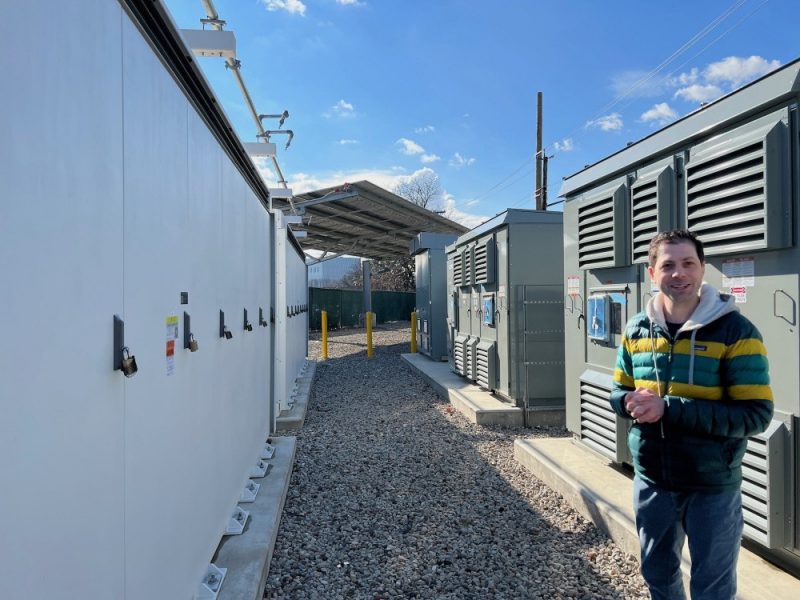
On a small patch of land in the northeast Bronx in New York City sits a tidy but potent battery storage system. Located across the street from a beige middle school building, and not too far from a Planet Fitness and a Dollar Tree, the battery system is designed to send power into the grid at peak moments of demand on hot summer afternoons and evenings.
New York state has a goal of getting a whopping six gigawatts of battery storage systems online in the next seven years, and this system, at about three megawatts, is a very small but hopefully helpful part of that. It’s intended to be able to send out those three megawatts of power over a four-hour period, typically between 4 pm and 8 pm on the toastiest days of the year, with the goal of making a burdened power grid a bit less stressed and ideally a tad cleaner.
The local power utility, Con Edison, recently connected the battery system to the grid. Here’s how it works, and why systems like this are important.
From power lines to batteries, and back again
The source of the electricity for these batteries is the existing power distribution lines that run along the top of nearby poles. Those wires carry power at 13,200 volts, but the battery system itself needs to work with a much lower voltage. That’s why before the power even gets to the batteries themselves, it needs to go through transformers.
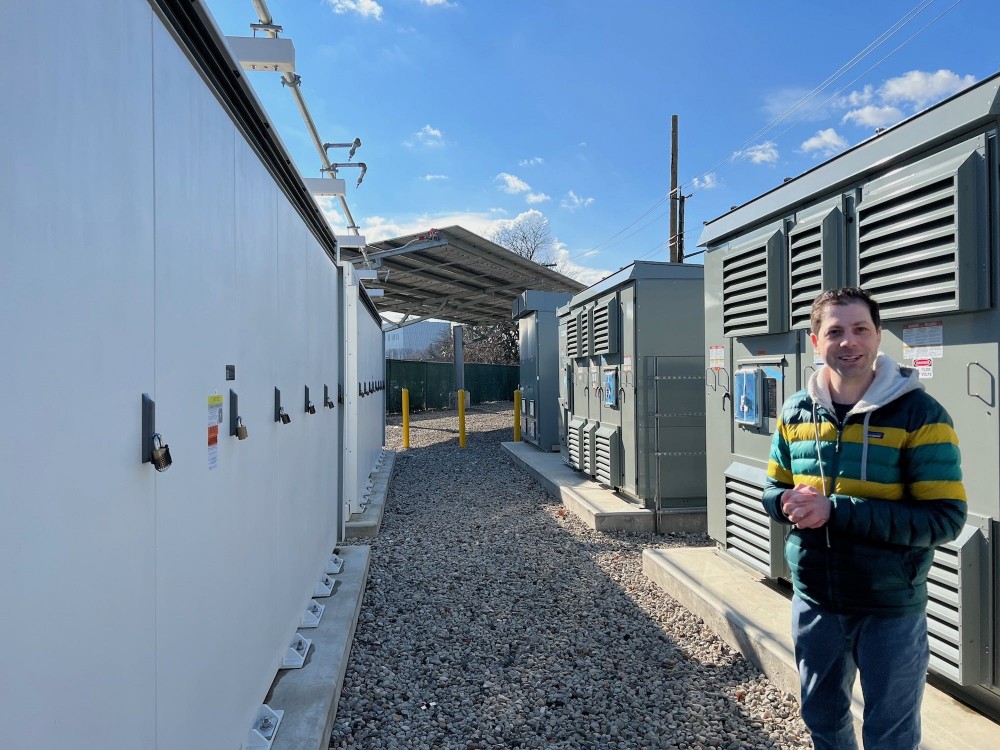
During a January tour of the site for Popular Science, Adam Cohen, the CTO of NineDot Energy, the company behind this project, opens a gray metal door. Behind it are transformers. “They look really neato,” he says. Indeed, they do look neat—three yellowish units that take that voltage and transform it into 480 volts. This battery complex is actually two systems that mirror each other, so other transformers are in additional equipment nearby.
After those transformers do their job and convert the voltage to a lower number, the electricity flows to giant white Tesla Megapack battery units. Those batteries are large white boxes with padlocked cabinets, and above them is fire-suppression equipment. Not only do these battery units store the power, but they also have inverters to change the AC power to DC before the juice can be stored. When the power does flow out of the batteries, it’s converted back to AC power again.
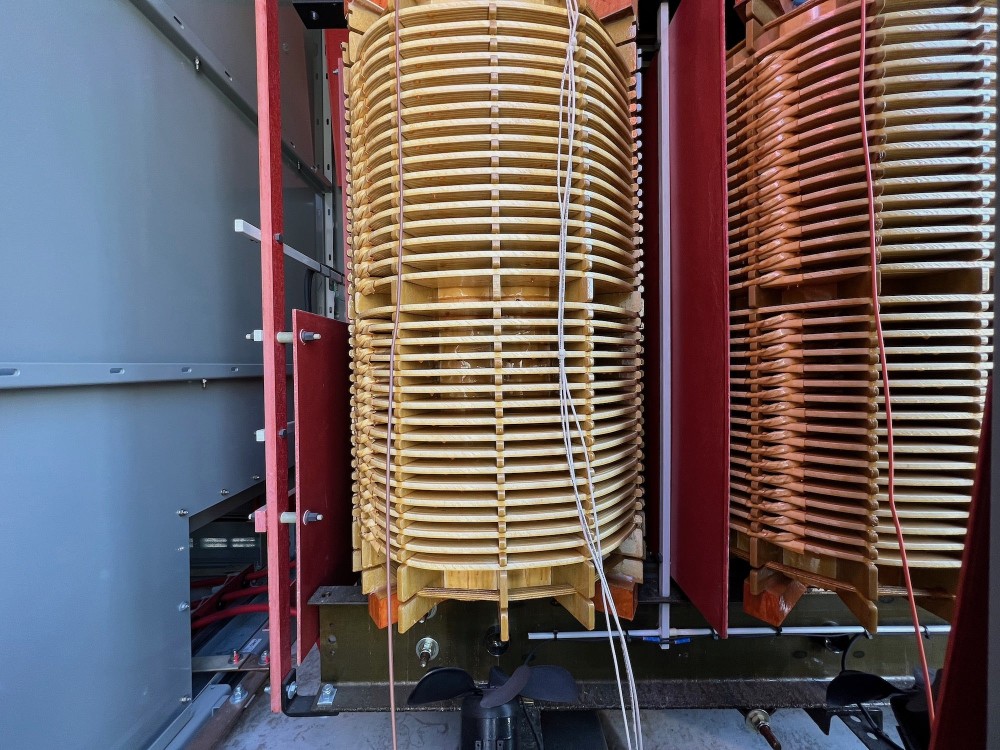
The battery storage system is designed to follow a specific rhythm. It will charge gradually between 10 pm and 8 am, Cohen says. That’s a time “when the grid has extra availability, the power is cheaper and cleaner, [and] the grid is not overstressed,” he says. When the day begins and the grid starts experiencing more demand, the batteries stop charging.
In the summer heat, when there’s a “grid event,” that’s when the magic happens, Cohen says. Starting around 4 pm, the batteries will be able to send their power back out into the grid to help destress the system. They’ll be able to produce enough juice to power about 1,000 homes over that four-hour period, according to an estimate by the New York State Energy Research and Development Authority, or NYSERDA.
The power will flow back up into the same wires that charged them before, and then onto customers. The goal is to try to make the grid a little bit cleaner, or less dirty, than it would have been if the batteries didn’t exist. “It’s offsetting the dirty energy that would have been running otherwise,” Cohen says.
Of course, the best case scenario would be for batteries to get their power from renewable sources, like solar or wind, and the site does have a small solar canopy that could send a teeny tiny bit of clean energy into the grid. But New York City and the other downstate zones near it currently rely very heavily on fossil fuels. For New York City in 2022 for example, utility-scale energy production was 100 percent from fossil fuels, according to a recent report from the New York Independent System Operator. (One of several solutions in the works to that problem involves a new transmission line.) What that means is that the batteries will be drawing power from a fossil-fuel dominant grid, but doing so at nighttime when that grid is hopefully less polluting.
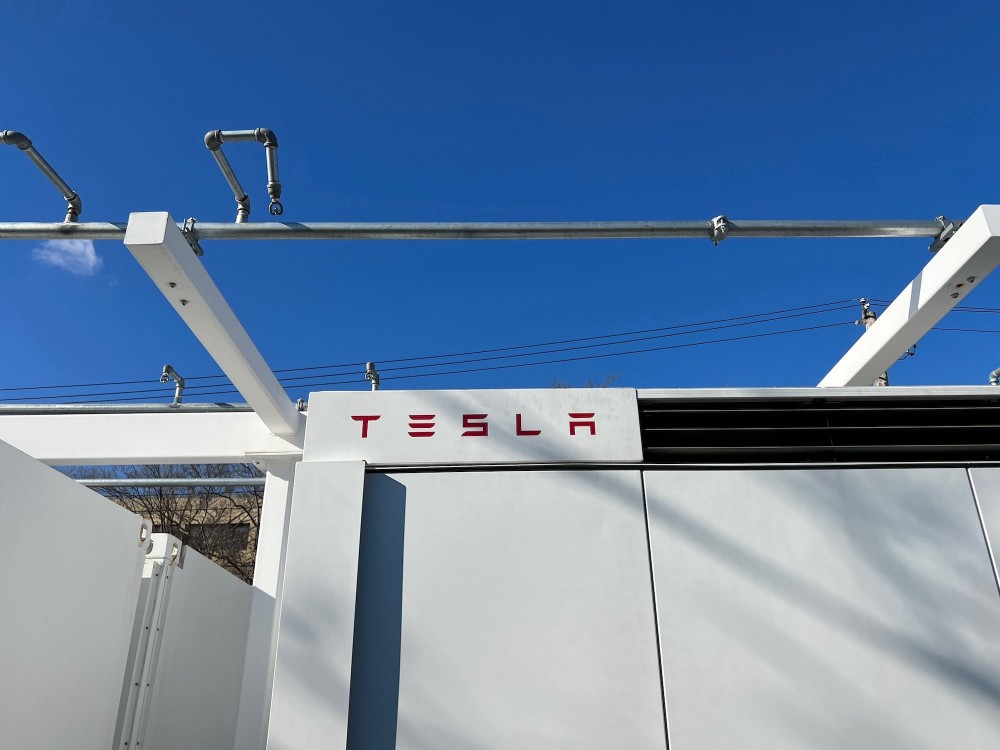
How systems like these can help
Electricity is very much an on-demand product. What we consume “has to be made right now,” Cohen notes from behind the wheel of his Nissan Leaf, as we drive towards the battery storage site in the Bronx on a Friday in January. Batteries, of course, can change that dynamic, storing the juice for when it’s needed.
This project in the Bronx is something of an electronic drop in a bucket: At three megawatts, the batteries represent a tiny step towards New York State’s goal to have six gigawatts, or 6,000 megawatts, of battery storage on the grid by 2030. Even though this one facility in the Bronx represents less than one percent of that goal, it can still be useful, says Schuyler Matteson, a senior advisor focusing on energy storage and policy at NYSERDA. “Small devices play a really important role,” he says.
One of the ways that small devices like these can help is they can be placed near the people who are using it in their homes or businesses, so that electricity isn’t lost as it is transmitted in from further away. “They’re very close to customers on the distribution network, and so when they’re providing power at peak times, they’re avoiding a lot of the transmission losses, which can be anywhere from five to eight percent of energy,” Matteson says.
And being close to a community provides interesting opportunities. A campus of the Bronx Charter Schools for Better Learning sits on the third floor of the middle school across the street. There, two dozen students have been working in collaboration with a local artist, Tijay Mohammed, to create a mural that will eventually hang on the green fence in front of the batteries. “They are so proud to be associated with the project,” says Karlene Buckle, the manager of the enrichment program at the schools.

Grid events
The main benefit a facility like this can have is the way it helps the grid out on a hot summer day. That’s because when New York City experiences peak temperatures, energy demand peaks too, as everyone cranks up their air conditioners.
To meet that electricity demand, the city relies on its more than one dozen peaker plants, which are dirtier and less efficient than an everyday baseline fossil fuel plant. Peaker plants disproportionately impact communities located near them. “The public health risks of living near peaker plants range from asthma to cancer to death, and this is on top of other public health crises and economic hardships already faced in environmental justice communities,” notes Jennifer Rushlow, the dean of the School for the Environment at Vermont Law and Graduate School via email. The South Bronx, for example, has peaker plants, and the borough as a whole has an estimated 22,855 cases of pediatric asthma, according to the American Lung Association. Retiring them or diminishing their use isn’t just for energy security—it’s an environmental justice issue.
So when power demand peaks, “what typically happens is we have to ramp up additional natural gas facilities, or even in some instances, oil facilities, in the downstate region to provide that peak power,” Matteson says. “And so every unit of storage we can put down there to provide power during peak times offsets some of those dirty, marginal units that we would have to ramp up otherwise.”
By charging at night, instead of during the day, and then sending the juice out at peak moments, “you’re actually offsetting local carbon, you’re offsetting local particulate matter, and that’s having a really big benefit of the air quality and health impacts for New York City,” he says.
Imagine, says Matteson, that a peaker plant is producing 45 megawatts of electricity. A 3-megawatt battery system coming online could mean that operators could dial down the dirty plant to 42 megawatts instead. But in an ideal world, it doesn’t come online at all. “We want 15 of [these 3 megawatt] projects to add up to 45 megawatts, and so if they can consistently show up at peak times, maybe that marginal dirty generator doesn’t even get called,” he says. “If that happens enough, maybe they retire.”
Nationally, most of the United States experiences a peak need for electricity on hot summer days, just like New York City does, with a few geographic exceptions, says Paul Denholm, a senior research fellow focusing on energy storage at the National Renewable Energy Laboratory in Colorado. “Pretty much most of the country peaks during the summertime, in those late afternoons,” he says. “And so we traditionally build gas turbines—we’ve got hundreds of gigawatts of gas turbines that have been installed for the past several decades.”
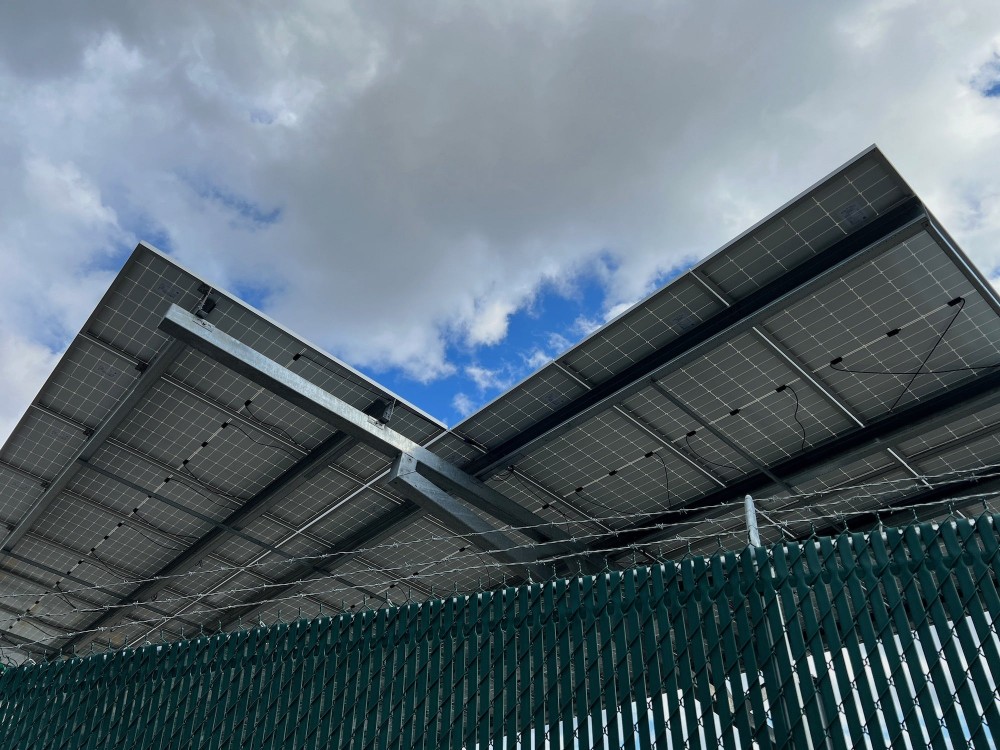
While the three-megawatt project in the Bronx is not going to replace a peaker plant by any means, Denholm says that in general, the trend is moving towards batteries taking over what peaker plants do. “As those power plants get old and retire, you need to build something new,” he says. “Within the last five years, we’ve reached this tipping point, where storage can now outcompete new traditional gas-fired turbines on a life-cycle cost basis.”
Right now, New York state has 279 megawatts of battery storage already online, which is around 5 percent of the total goal of 6 gigawatts. Denholm estimates that nationally, nearly nine gigawatts of battery storage are online already.
“There’s significant quantifiable benefits to using [battery] storage as peaker,” Denholm says. One of those benefits is a fewer local emissions, which is important because “a lot of these peaker plants are in places that have historically been [environmental-justice] impacted regions.”
“Even when they’re charging off of fossil plants, they’re typically charging off of more efficient units,” he adds.
If all goes according to plan, the batteries will start discharging their juice this summer, on the most sweltering days.










